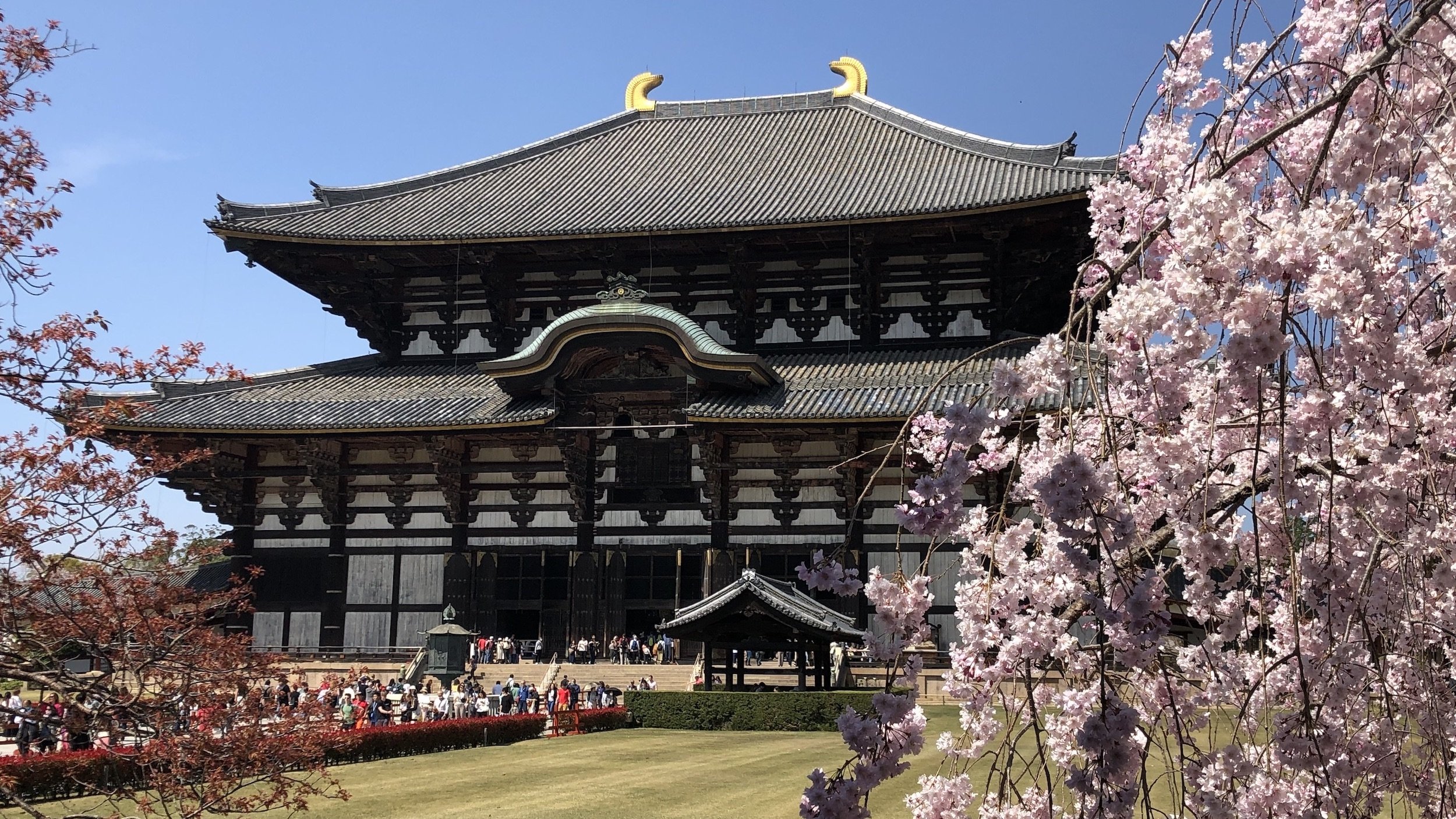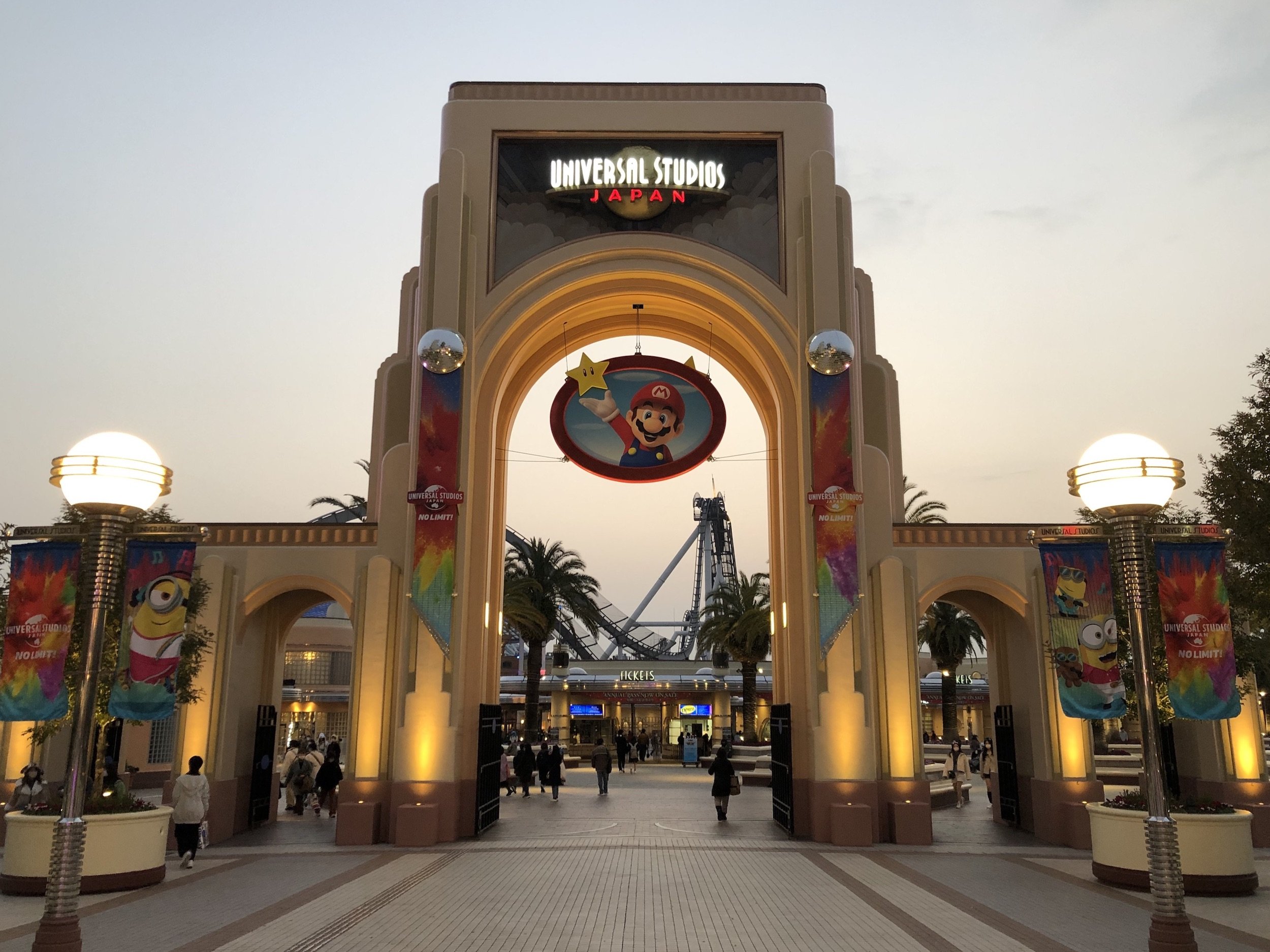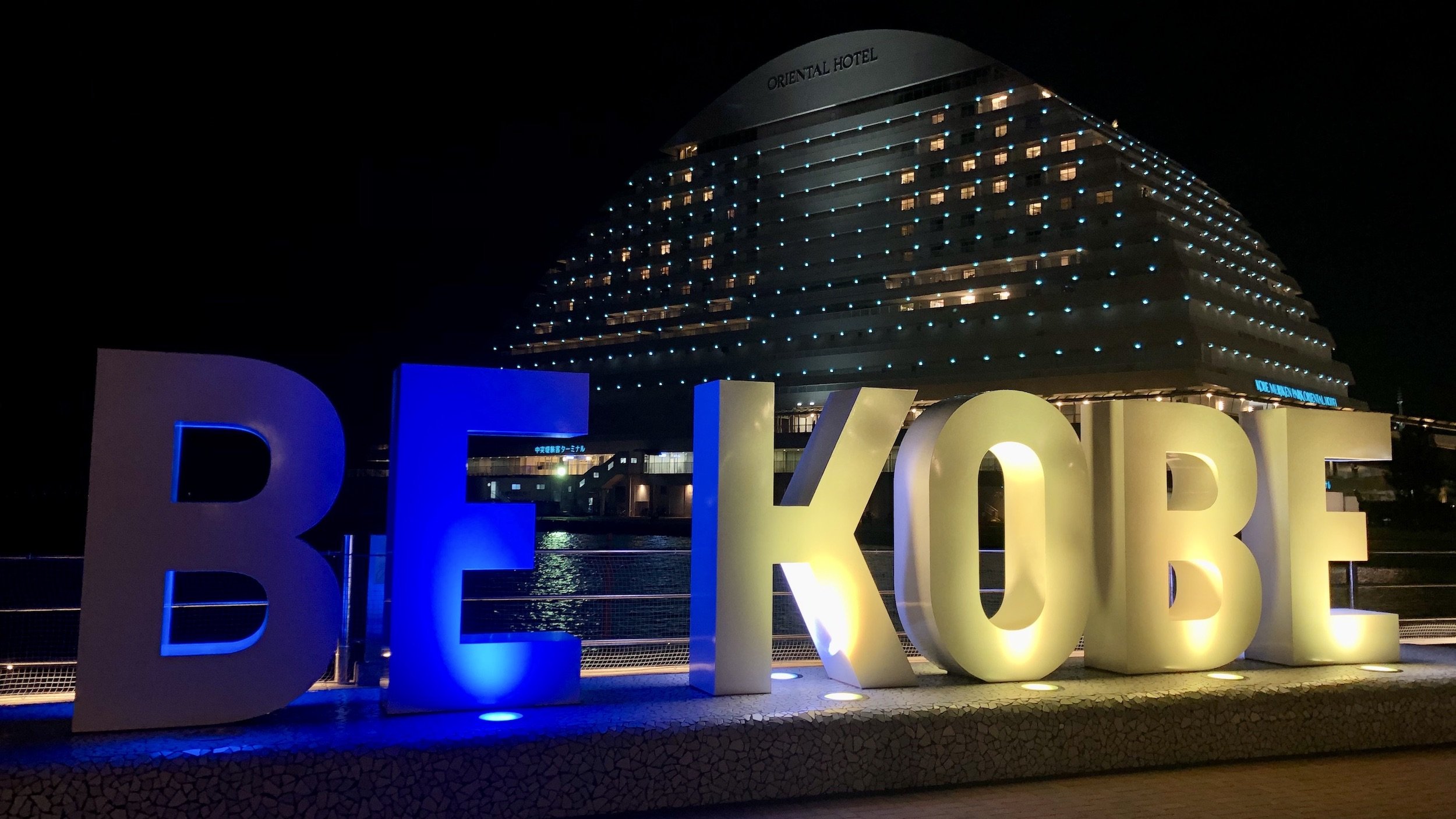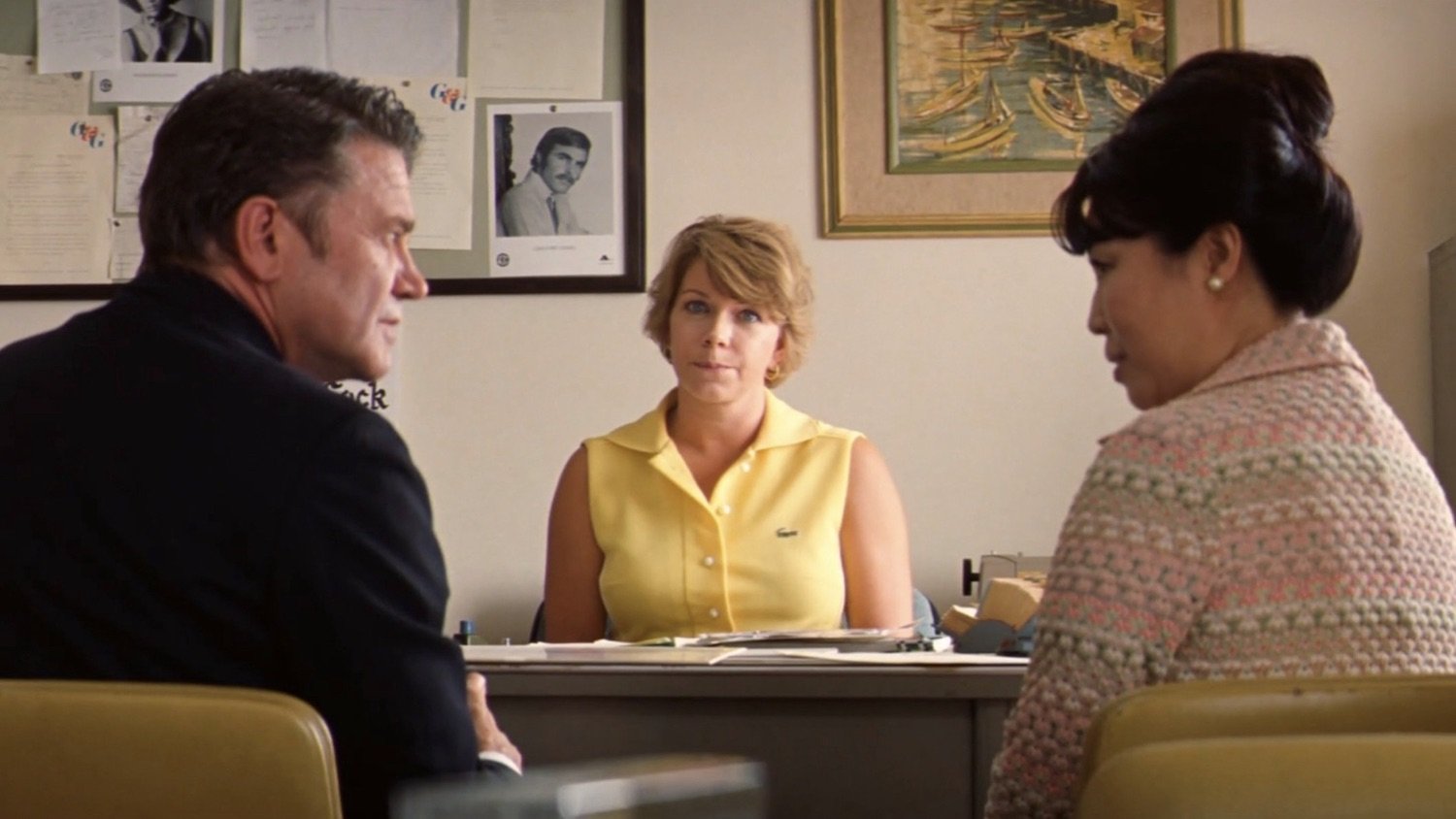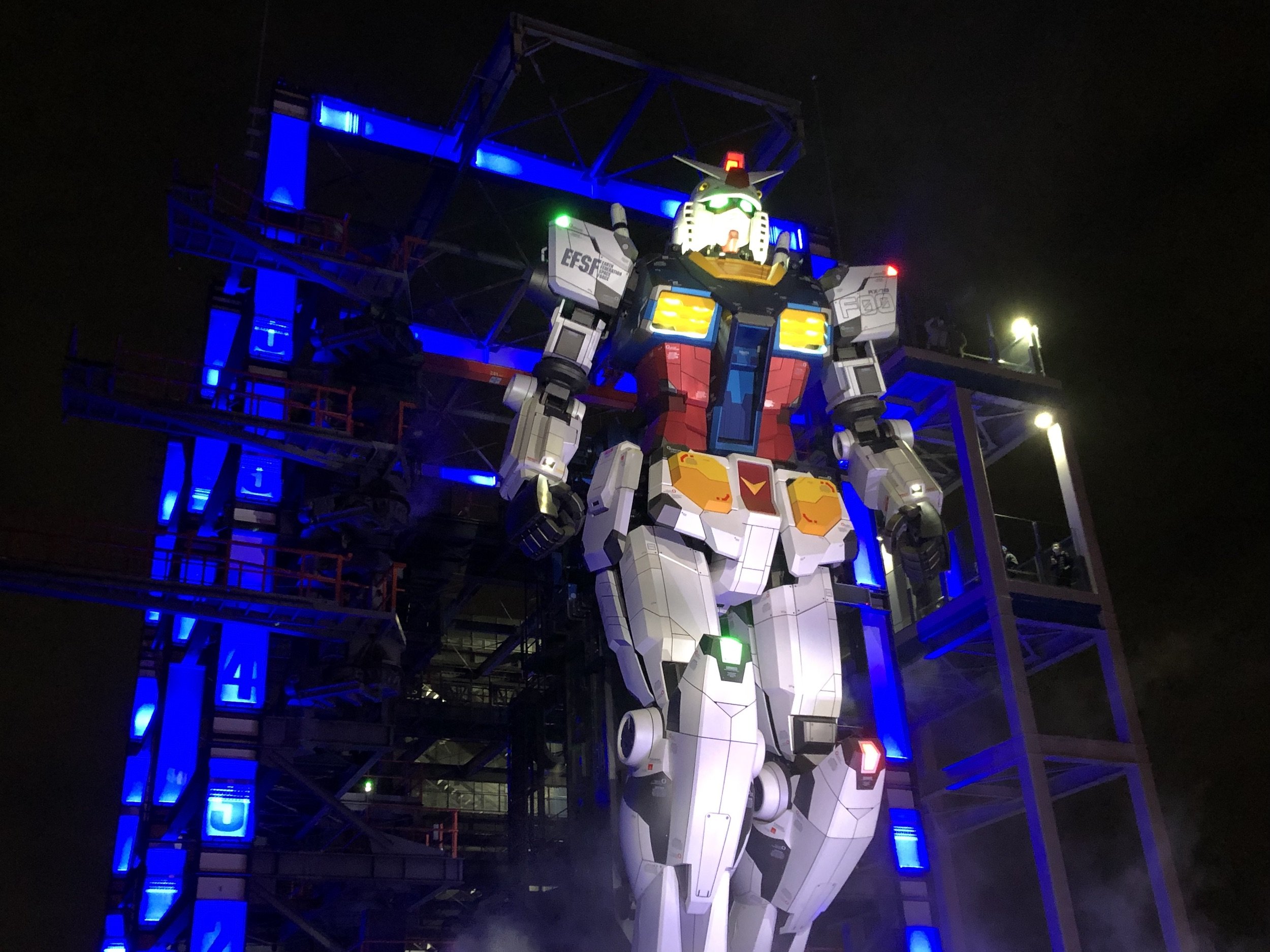In Kyoto, if you want to avoid the gaggle of tourists packed into slow-moving buses, it can be more comfortable now to ride the subway sometimes. Nanzenji is one famous temple located within walking distance of the subway, and when you exit Keage Station in late March or early April, you’ll have the option of walking along the railway tracks to do some cherry blossom viewing on the Keage Incline.
Read MoreDeer and Cherry Blossoms at Todaiji Temple in Nara
Reachable by express train from Kyoto Station in less than an hour, Nara’s Todai-ji is a temple built on a massive scale. Everything about it feels larger than life: from the wooden pillars of its Great South Gate, Nandaimon, which bills itself as Japan’s largest temple entrance gate, to its equally mammoth Great Buddha Hall, Daibutsuden, which holds what is said to be the world’s largest bronze Buddha statue (via Japan Today).
Walking to the temple from Kintetsu Nara Station will take you through Nara Park, where deer roam freely and can be fed with 200-yen shika-senbei (deer rice crackers). If you’re there when the cherry blossoms are blooming, as we were just last weekend, you can maybe even lure one of the deer over to a sakura tree and come away with a snapshot of the sacred animal against a backdrop of blue skies, green grass, and pink flowers.
Read More5 More Things Unique to Universal Studios Japan
Next week, we are headed back to the Kansai region for cherry blossom season in Kyoto. Before we go, I wanted to share one final post related to Universal Studios Japan, which we visited on our last trip to Kansai in January.
I had an article go up on GaijinPot in February detailing “5 Things to Know Before You Go to Universal Studios Japan.” The first thing covered there is how “certain rides are exclusive to” the USJ park in Osaka. One of those is Jaws, which is such a classic that I had to give it its own dedicated post here.
This post expands on that recent Jaws one with a look at five more things unique to USJ: not just rides, but also photo ops and hotel views.
Read MoreJapan National Stadium and the 2011 Tohoku Disaster
When I was still working as a teacher, one of my students told me a story about a person they knew in the Tohoku region, who narrowly evaded death on March 11, 2011, the day the Great East Japan Earthquake and tsunami hit. This person was up on a roof, behind another tall building where more people had gathered, thinking they would be safe on higher ground. The tsunami wave struck the tall building, breaking against it in such a way that it shielded the lower roof where this person was standing. They survived; the other people were not so lucky.
That’s just one story. The Tohoku disaster resulted in almost 20,000 deaths, leaving the region devastated for years to come. You can feel the weight of that number even more when you’re standing in the empty Japan National Stadium on the anniversary of 3/11, as I did this week. The new National Stadium was built for the 2020 Tokyo Summer Olympics, which event organizers billed as the “Recovery and Reconstruction Games.” However, even after the Olympics were postponed for the first time in history — so that they landed in 2021, a decade after the disaster — not everyone had recovered.
Read MoreThe ‘Be Kobe’ Monument and Port of Kobe Earthquake Memorial
In 2017, to celebrate the 150th anniversary of the port of Kobe opening, the city installed a new “Be Kobe” monument in Meriken Park. It quickly became a popular photo spot, and in recent travels, I’ve noticed a trend of other cities across Japan “going Kobe,” you might say. Everywhere you look, it’s as if there’s another city with its name in big letters against a different backdrop.
Behind the “Be Kobe” monument is the Kobe Meriken Park Oriental Hotel, which opened in 1995, months after the Great Hanshin earthquake struck. The monument is also within walking distance of the Port of Kobe Earthquake Memorial.
Read MoreYou're Gonna Need a Bigger Lens for USJ's Jaws Ride
For most stateside theme park goers, Universal’s Jaws ride is a thing of the past. Once a staple of Universal Studios Florida, the ride closed there in 2012 to make way for the expanded Wizarding World of Harry Potter. There’s one place in the world, however, where you can still ride it, and that is Universal Studios Japan, a.k.a. USJ.
Read MoreAnatomy of a Controversy: Revisiting the Japanese Wife Scenes in 'Licorice Pizza'
A year ago today, I had an article post on /Film entitled, "Licorice Pizza Director Paul Thomas Anderson Responds to Criticism of Fake Asian Accent." The backlash Anderson was addressing stemmed from two scenes in his film, where a character based on real-life restaurateur Jerry Frick employs an offensive, outmoded, stereotypical Japanese accent when talking to his first and second Japanese wife.
At the time, Licorice Pizza was up for Best Picture, Best Director, and Best Original Screenplay at the 94th Academy Awards. In the U.S., the Media Action Network for Asian Americans had already called for an awards boycott of the film due to the “casual racism” it depicts, saying in a statement, “To shower [Licorice Pizza] with nominations and awards would normalize more egregious mocking of Asians in this country.” Ultimately, the film didn’t win any awards on Oscar night, but it did mark a turning point in how I watch movies, write about them, and think about the people who make them.
Read MoreJapan's Life-Sized Gundam, Through the Years
In my last post on Chinatown, I mentioned revisiting Gundam Factory while in Yokohama. It was on my list of 2022 highlights, too, but it closes next month year, so there’s not much time left to see it. For me, seeing this 59-foot robot swing its arms and legs in a walking motion and do deep knee-bends was the culmination of a 12-year (now, 13-year) journey. I had already seen plenty of Gundam in Japan, beginning in 2010, as I followed around various life-sized versions of it, saw it draw famous visitors like Guillermo del Toro, and saw it evolve into a dynamic, quasi-ambulatory mech.
Read MoreThe Lantern Festival 2023 in Yokohama Chinatown
As you may have noticed from the Google Doodle for February 5, today is the Lantern Festival, the last day of the Chinese New Year—or Lunar New Year, for other cultures. It’s become a point of contention how to even refer to this holiday, with the actual Chinese name for it being the Spring Festival, since it marks the beginning of spring.
While Yokohama Chukugai isn’t decorated with as many lanterns as you would see in the Nagasaki Lantern Festival, it has both Nagasaki and Kobe beat as the biggest Chinatown in Japan. And there are still some scattered installations and plenty of hanging lanterns that you can see there during the Spring Festival.
Read More10 Highlights of Tokyo in 2022
We’re already a month into 2023, and I’m just now getting around to sharing this. But 2022 was the year I started venturing out again—sometimes on writing assignments, sometimes just on personal trips—after two years of working remotely from home, going into the city less, and traveling outside Tokyo much less than I did in the preceding decade. If we’re being honest, I almost packed too many excursions into the back half of the year, as if to make up for lost time.
Read More
